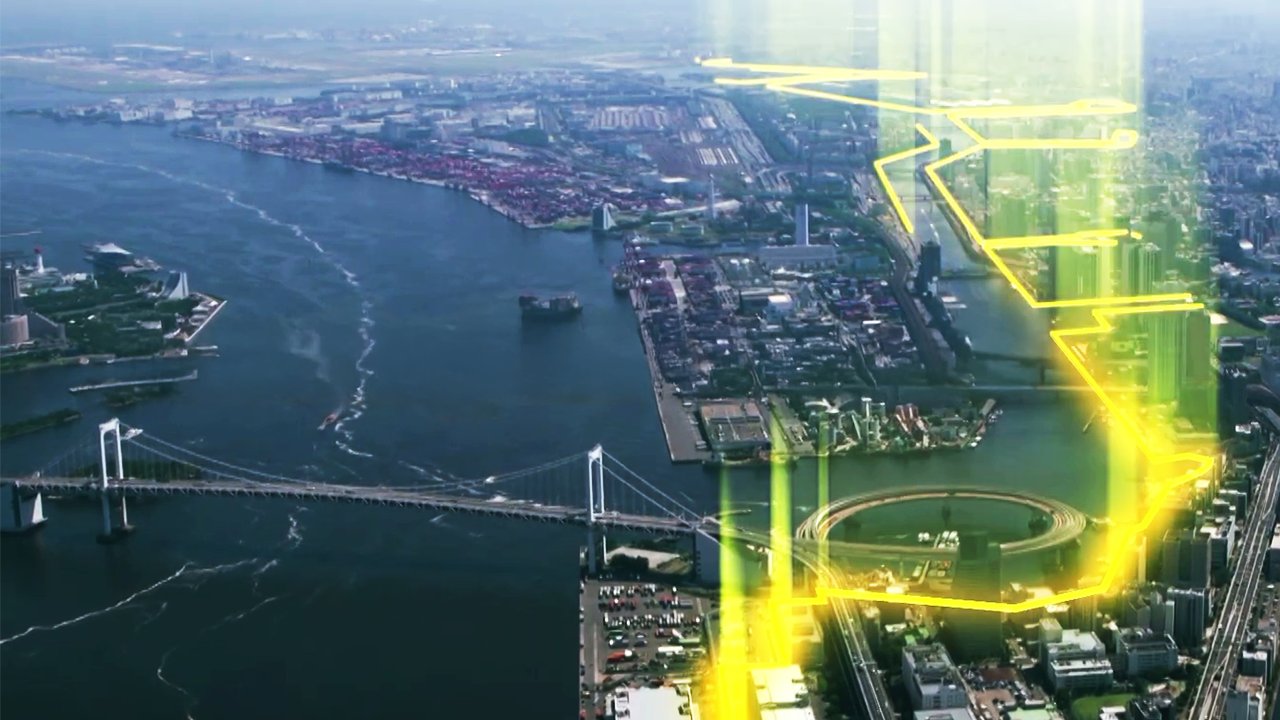What is LIFI?
- Youtube Views 11,383 VIDEO VIEWS
WE HAVE all heard of WIFI, the wireless method of transferring data that has revolutionised the way we work, watch TV and play games, but what is LIFI?
Billed as the super-fast, secure and energy efficient successor to WIFI, LIFI uses light to transmit data wirelessly at speeds up to 100 times faster than WIFI. Invented by Harald Haas, professor of mobile communications at the University of Edinburgh, LIFI transmits data over the visible light spectrum, rather than the radio waves that are currently used by WIFI.

Above: Harald Hass the inventor of LIFI (image courtesy of Harald Haas / University of Edinburgh ).
As this spectrum is 10,000 times larger, LIFI is not only faster but also has the potential to transfer much larger volumes of data. As radio bandwidths become cluttered with ever increasing amount of data being transferred, this capacity could become vital.
Conceptually similar to morse code, LIFI works using standard off-the-shelf LEDs, meaning that every light source in every office or home has the potential to transfer data. While standard LED bulbs are controlled by a driver-circuit that can either switch the light off and on, for a LIFI system the driver-circuit encodes data and transmits it by switching the LED off and on at rates that are undetectable to the human eye. An optical sensor on your laptop or phone receives the data, which is then decoded.

Above: Every light source in every office or home has the potential to transfer data ( image courtesy of Sean Airhart).
Although this system requires LEDs to be turned on, it is possible to dim them below human visibility and still emit enough light to transmit data. Although this will utilise energy, overall combining the transfer of light and data in one system is a sustainable solution.
As light can't travel through walls, the flow of data can be closely controlled on an optical network, meaning that LIFI could be more secure than WIFI, which can be vulnerable to attack. LIFI doesn't cause electromagnetic interference, meaning it can be used in sensitive areas such as hospitals, airplanes and nuclear power plants, which is another advantage of the system.

Above: LIFI technology is available now (image courtesy of Pure LIFI ).
Whilst LIFI may sound futuristic, the technology is available now. Since Professor Haas first demonstrated a working prototype in 2011 LIFI has developed rapidly. The first LIFI bulb is now commercially available with the system set to installed in an office in Paris later this year.
Despite the potential benefits, LIFI's adoption is currently restricted by its high cost in comparison to WIFI, as the technology is still in its infancy. However, as demand rises, it is expected that the cost of LIFI will fall and its adoption will increase.

Above: Buildings could be built with one optical network that provides both light and data.
For the construction industry the impact may be sizeable as buildings could be built with one optical network providing both light and data reducing cost
and installation time. The technology may also impact the shape of buildings as offices and homes are designed to best take advantage of optical data
transfer.
Images courtesy of Pure LIFI, Harald Haas / University of Edinburgh and Sean Airhart. Footage courtesy of Pure LIFI. We welcome you sharing our content to inspire others, but please be nice and play by our rules.





